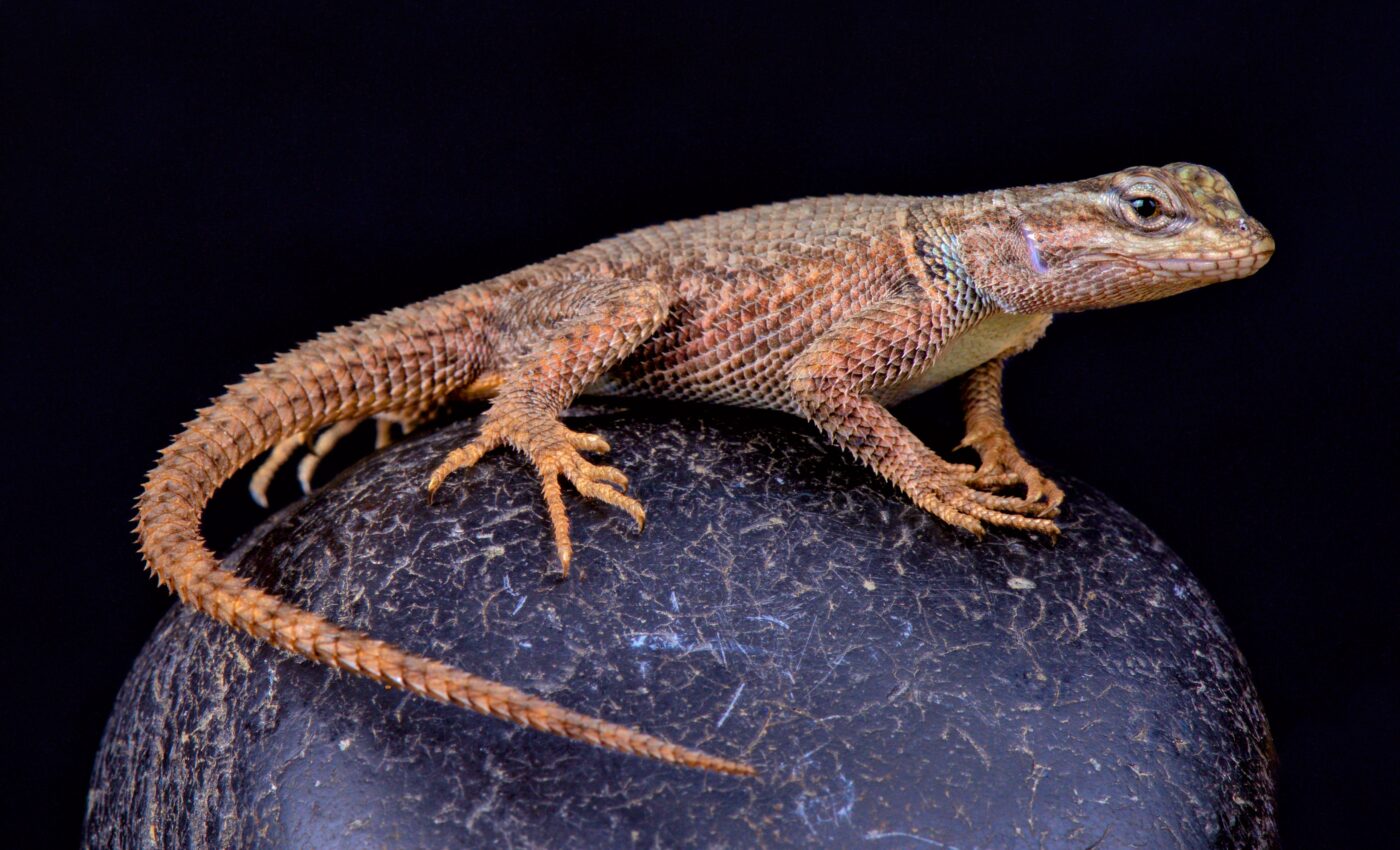
Three-million-year-old lineage of the Yarrow’s spiny lizard is nearly extinct
By surveying populations of the Yarrow’s spiny lizard in 18 mountain ranges in southeastern Arizona, a team of scientists led by the University of Arizona has found that climate change is currently causing extinctions at an increasing, worrisome rate.
“The magnitude of extinction we found over the past seven years was similar to that seen in other studies that spanned almost 70 years,” said senior author John J. Wiens, a professor of Ecology and Evolutionary Biology at Arizona.
Focus of the study
The Yarrow’s spiny lizard is native to southwestern U.S. and western Mexico and can be found in oak and pine forests in 18 of Arizona’s Sky Island mountains.
The experts initially conducted surveys of this lizard in 2014 and 2015, followed by resurveys in 2021 and 2022, which aimed to assess if there had been any changes in the lizard populations since then.
The investigations revealed that about half of the lizard populations living at lower elevations had disappeared. According to Wiens, this happened because temperatures are higher at lower elevations and the lizards living there were unable to tolerate the increasing heat.
Extinction rate
Thus, this loss of low-elevation lizard populations is yet another signature pattern of climate change (along with declines in myriad other species). “The rate of extinction in such a short time period was shocking,” said Wiens.
By comparing these findings with historical data from the same mountain ranges, the researchers discovered that the average extinction rate of the lizard populations at low elevations had nearly tripled over the past seven years, relative to the preceding 42 years.
While previous studies have already predicted that climate-driven extinctions will increase as global warming accelerates, such an extraordinary rate of extinction has not been observed before.
Study implications
By 2025, a distinct three-million-year-old lineage of the Yarrow’s spiny lizard from the Mule Mountains could be completely extinct.
“The low-elevation populations in the Mules were fine in 2014. Now the only ones that we have found left were within about 300 feet of the top of the mountain in 2022, and they appear to have been losing about 170 feet per year,” Wiens explained.
Greater genetic variability
Fortunately, not all low-elevation populations went extinct between the two surveys. For instance, two populations found at very low elevations survived.
Genomic analyses of data collected in 2014 and 2015 revealed that the populations that were less genetically variable and were exposed to greater climate change effects were the ones that tended to go extinct.
This suggests that populations with higher genetic variability are more resilient and able to adapt to climate change.
Future research
In future research, the experts are planning to further examine the extinction and survival mechanisms of the Yarrow’s spiny lizards living in these mountain ranges, as well as to conduct similar studies with other lizards living in ever warmer places, such as California’s infamous Death Valley.
According to Wiens, it is critical to study the impacts of climate change on biodiversity at shorter timescales rather than looking for changes after tens of years have already passed.
“We’ve shown now that there can be devastating climate change effects over very short time periods,” he concluded.
The study is published in the journal Ecology Letters.
Like what you read? Subscribe to our newsletter for engaging articles, exclusive content, and the latest updates.
—-
Check us out on EarthSnap, a free app brought to you by Eric Ralls and Earth.com.













